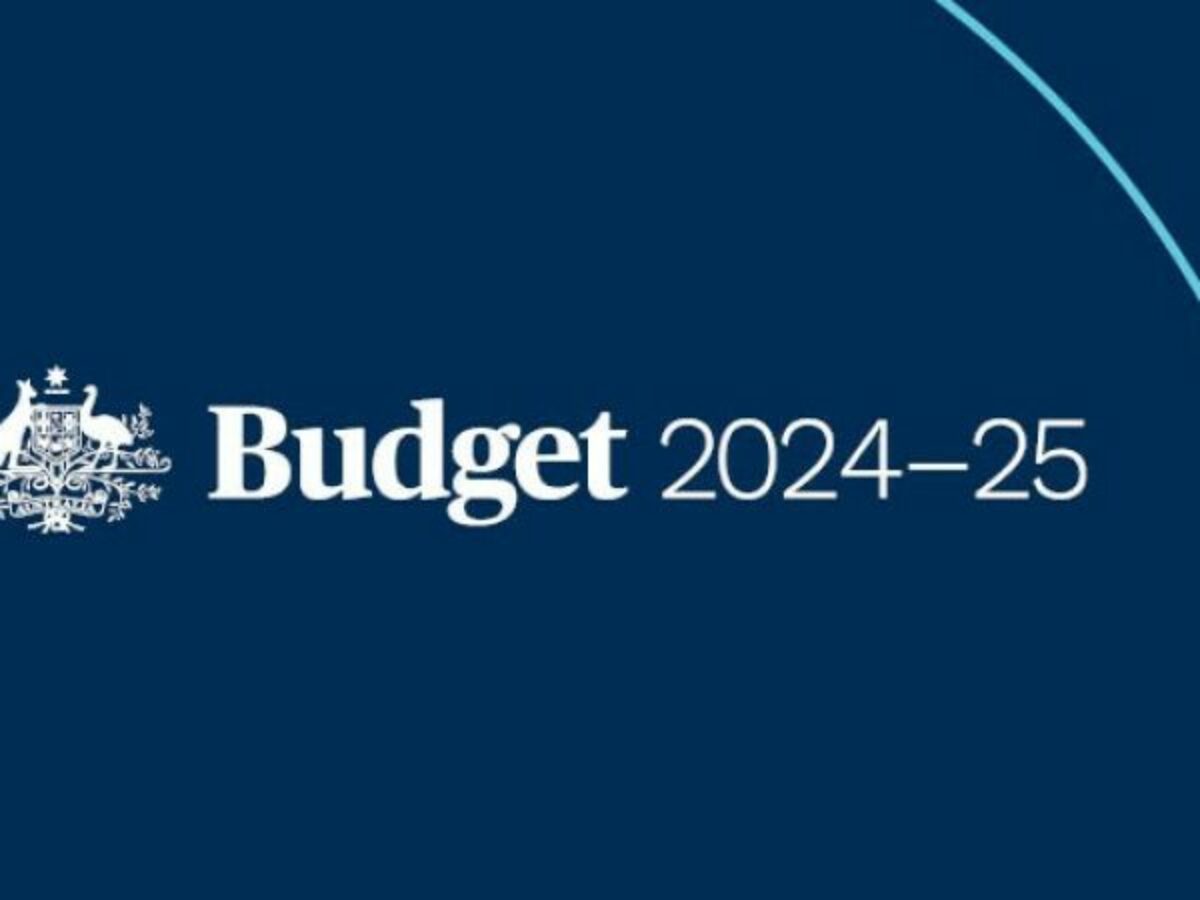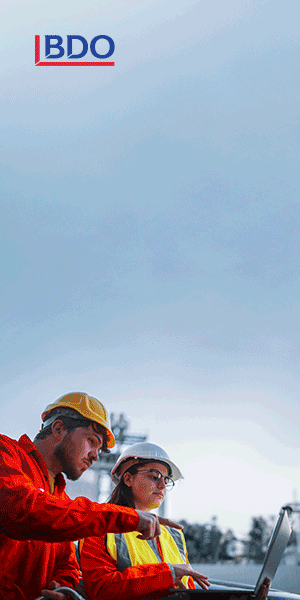Reactions to the federal budget

A welcome focus on growing Australian capability
Industry-research collaboration advocate Cooperative Research Australia (CRA) has praised the focus on growing Australia’s science and technological performance, continued support for Cooperative Research Centre (CRC) funding, and plans to transform Australian R&D. Budget 2024 “has put education, research, manufacturing and industrial transformation at its core” said CRA CEO Jane O’Dwyer. CRA also welcomed $20.3 million over five years for the Powering Australia Industry Growth Centre and the Future Battery Industries Cooperative Research Centre and a promised strategic examination of Australia’s R&D system. “We are looking forward to working with the government to build upon the high-performing initiatives and to build greater coordination of Federal investment in innovation as a way of turning Australia’s performance around and set the nation on a trajectory to 3% of GDP spent on R&D” added O’Dwyer.
Inflation means tough times will linger
Employer association the Australian Industry Group has said Budget 2024 delivers a “long term but relatively modest ambition to develop new national industrial capabilities mainly based around clean energy,” though assumes no improvement in business conditions, “unemployment continuing to grow and our fiscal position deteriorating”. The absence of productivity-lifting in teh treasurer’s speech was was disappointing. “There is hope for growing long term prosperity particularly with the refocusing of the tertiary education sector and the apprenticeship system to better prepare for the challenges ahead,” said Chief Executive Innes Willox, though added “Many measures to make the economy more resilient and self-sufficient are set over the horizon rather than in the here and now.” FMIA was hyped but also limited in measures for the here and now, “with much of the proposed $22.7 billion spending pushed out to 2027-28” as well as “a worrying lack of clarity on how the program will be managed.”
A narrow path for the short term
The federal government “is treading a narrow path to tackle short-term demands” and questions about both taming inflation and the medium-term sustainability of spending remain, according to the Australian Chamber of Commerce and Industry. The surplus was a positive, but “there appears to be little prospect of substantial progress towards further budget repair” over the following four years, said ACCI CEO Andrew McKellar. He added that there were “slim pickings for small businesses,” though energy bill relief and the asset write-off extension was welcome. The $22.7 billion FMIA is a “targeted but modest set of initiatives”, not of a magnitude to add to “claims of a government picking winners”, though also represented level of investment raises questioning “whether [it’s] the game-changer it purports to be.”
Green energy focus shows fossil fuels on the way out
Environmental lobby group the Climate Council said the budget was “a decisive turn towards Australia’s clean energy future”, with billions of investment to grow clean industries like critical minerals, renewable hydrogen and clean energy manufacturing indicating a course past fossil fuels. CEO Amanda McKenzie said: “Gas and coal are not part of the budget’s vision for a Future Made in Australia, underlining that our next era of prosperity can be built on cleaner foundations. This is an essential signal across our entire economy. Building a renewable future and clean industrial base will deliver good jobs and greater prospects for Australians. This is critical to slash climate pollution and protect our kids’ future.”
Students absent from the core of skills training system
The budget has “some great investment[s]” targeting workforce skills shortages “but represents a missed opportunity to put students at the heart of the skills training system”, according to the Independent Tertiary Education Council Australia (ITECA), the peak body representing independent skills and education providers. “The problem with this budget is that skills funding isn’t student centred,” said Troy Williams, ITECA Chief Executive. “It fails to empower students with the opportunity to study with the provider that’s best able to help them achieve their life and career goals, whether that’s an independent training provider or a public TAFE college.” ITECA welcomes continued investment in Jobs and Skills Australia (JSA) and the ten new Jobs And Skills Councils (JSCs.)
Science and innovation needs immediate investment
The Australian Academy of Technological Sciences and Engineering (ATSE) has approved commitments to review Australia’s “languishing investment in Australian science and innovation and back clean energy industries,” though said investment “can’t be kicked further down the road.” The United States, Japan, and Germany, each spend more than 3 per cent of GDP on the R&D “which powers their economies”, though Australia lags them. The Future Made In Australia investments depend on R&D to succeed, ATSE said. Clean tech and critical minerals funding were important for decarbonisation and prosperity, said ATSE CEO Kylie Walker. “However, it is critical for the Government to recognise that developing these industries requires innovations that will only come from a strong and well-funded science and technology sector.”
Budget assistance unclear, misses sophisticated manufacturing
The co-founder of commercialisation specialist Scimita Ventures has criticised Budget 2024 for what it misses regarding high-tech and clean-tech manufacturing. According to Dr Mobin Nomvar, there is a lack of focus on capability building for the sophisticated manufacturing Australia needs. “Is it injecting agility and accountability into how money will be allocated?” he asks, adding that “There is no reference to the environmental footprint” of local manufacturing. “In other words, we can’t compete on a cost basis with many nations (India, China, USA as major competitors)… Thus, ERL (Environment Readiness Level) is key as a framework to verify embodied carbon during the life of a project, which is essential to win in the market.” According to the entrepreneur, there is also a lack of clarity on how assistance for manufacturing is structured. “It seems to rely heavily on product tax credits, which encourages importing technologies” he says. “This isn’t necessarily bad, but there is no focus on creating new technologies, or balancing imports with local technologies where massive R&D tax incentives and local university infrastructure can be leveraged.”
ARENA awarded record funding
The Australian Renewable Energy Agency (ARENA) has welcomed expanded funding and new budget programs. A funding package of $7.1 billion for budgeted programs to be administered by ARENA was announced on Tuesday night, including a $1.9 billion boost to ARENA’s baseline funding, $2 billion for round two of the Hydrogen Headstart program, $1.7 billion for the Future Made in Australia Innovation Fund, $1 billion previously announced for the Solar Sunshot program, and $500 million for the Battery Breakthrough Initiative. ARENA said it was a show of continued support for ARENA and its achievements “as leaders in the energy transition.” Since its establishment in 2012, ARENA has supported 727 projects with $2.6 billion in funding commitments, “unlocking a total investment of almost $12.51 billion in Australia’s renewable energy industry”, it said.
Commitment to green hydrogen will “drive massive employment boom” — Forrest
Fortescue founder Andrew Forrest, whose company is banking solidly on a global move to hydrogen, has said a “$2 per kilo tax credit for green hydrogen production” shows the government seizing an opportunity “to ensure Australia fulfilled its potential to become the Saudi Arabia of energy production”. Forrest said, the multiplier impact of the Hydrogen Production Tax Credit “will make the subsidy fractional” and will be crucial to getting green hydrogen projects off the ground “fast and at a scale to build a major domestic industry and market.” He added, “If kept simple and quickly implementable by industry, it will trigger full employment and decades of income growth for Australian workers… Green hydrogen, green ammonia and green iron will create economic opportunities of historical scale into the long-term and help lower power prices permanently.”
Low-carbon liquid fuel industry support a positive
Contractor group the Australian Constructors Association has welcomed plans to support “a low-carbon liquid fuel industry with a focus on renewable diesel to support emissions reduction” in the construction industry. CEO Jon Davies said the construction industry is a “hard to abate’” sector and technology constraints were against electrification (the preferred pathway to decarbonisation) in the short-term. “Renewable diesel enables necessary emission reductions in the short term without modifications to existing machinery,” said Davies. “A domestic renewable diesel industry will have a range of additional benefits beyond construction decarbonisation, including lower air pollutants and better air quality, energy security, local employment and economic growth from both feedstock and refining.”
WA resources lobby happy with production tax incentives
The Chamber of Minerals and Energy of WA (CME) has said it welcomes the budget and its centrepiece $22.7 billion Future Made in Australia package, which includes $7 billion for processing critical minerals. CEO Rebecca Tomkinson said the state’s minerals sector had once again contributed to a strong federal budget position via commodity prices driving an additional $5.5 billion in company tax receipts, and that it was pleasing to see measures “such as a production tax incentive for critical minerals, funding for common-user infrastructure and support to bridge the commerciality gap for renewable hydrogen singled” under FMIA. She added that the establishment of a National Interest Framework to guide support under the Future Made in Australia policy made strategic sense. “We need to play to our strengths, develop sovereign capabilities in critical areas and be realistic about where we can and can’t compete,” said Tomkinson “Embracing those core objectives opens up opportunities to work more strategically with our trading partners.”
Picture: credit www.pmc.gov.au
Further reading
Budget has $22.7 billion for a Future Made in Australia over 10 years
Towards 3% R&D – budget responds to slump in Australian innovation effort
Budget 2024 “the most manufacturing-centric in decades”: Ai Group
Budget reaction – ‘a start’ preparing for the future
Budget’s new manufacturing measures focus on “cleaner, greener future”
Topics Ai Group Amanda McKenzie Andrew Forrest Andrew McKellar Australian Academy of Technological Sciences and Engineering Australian Chamber of Commerce and Industry Australian Renewable Energy Agency budget 2024 Climate Council Critical minerals Fortescue Green hydrogen hydrogen Independent Tertiary Education Council Australia Innes Willox Jim Chalmers Kylie Walker Manufacturing News Troy Williams
@aumanufacturing Sections
Analysis and Commentary Awards Defence Manufacturing News Podcast Technology Videos








